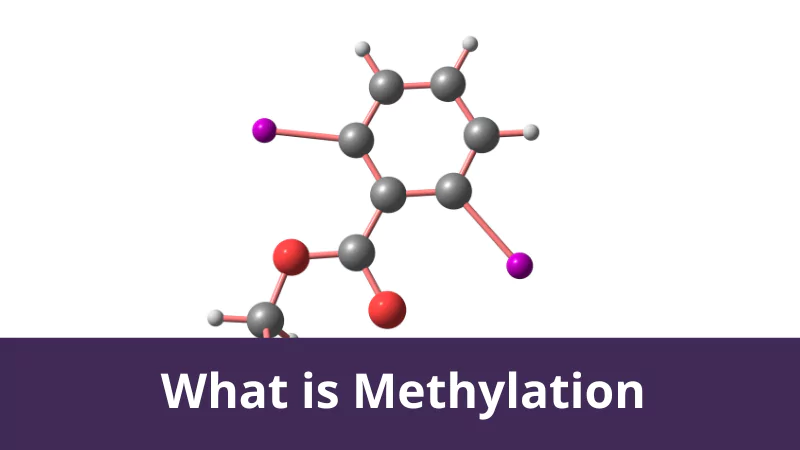Introduction:
Diabetes, a condition characterised by elevated blood sugar levels, is a complex interplay between genetic susceptibility and environmental influences. Understanding the intricate dance between nature and nurture, including the impact of pregnancy, is crucial in unravelling the mysteries of both Type 1 and Type 2 diabetes.
Genetic Susceptibility in Diabetes:
Type 1 Diabetes: Type 1 diabetes, often diagnosed in childhood or adolescence, is primarily driven by genetic factors. Specific human leukocyte antigen (HLA) genes, such as HLA-DR3 and HLA-DR4, contribute significantly to the risk. These genes, along with others like INS, PTPN22, and CTLA4, play crucial roles in immune function. In individuals with a genetic predisposition, environmental triggers such as viral infections may set off an autoimmune response, leading to the destruction of insulin-producing beta cells in the pancreas.
Type 2 Diabetes: While Type 2 diabetes has a substantial genetic component, it is also influenced by environmental factors. Genetic variants in genes related to insulin production, insulin action, and beta-cell function contribute to an individual’s susceptibility. The TCF7L2 gene, for example, is associated with an increased risk of Type 2 diabetes, influencing beta-cell function and glucose homeostasis.
MTHFR Gene and Gestational Diabetes: Gestational diabetes, a condition that occurs during pregnancy, adds another layer to the genetic puzzle. The MTHFR gene, which encodes an enzyme crucial for folate metabolism, has been implicated in gestational diabetes risk. Genetic variations in MTHFR may affect folate levels, potentially impacting glucose metabolism during pregnancy. Understanding the role of MTHFR in gestational diabetes provides insights into the genetic factors influencing this specific form of diabetes.
The Environmental Dance:
Poor Diet and Sedentary Lifestyle: One of the primary environmental culprits in diabetes is our modern lifestyle. Diets rich in processed foods, high in sugars, and low in fibre contribute to insulin resistance and the development of Type 2 diabetes. Sedentary habits further compound the issue, as physical inactivity is linked to poor glucose metabolism.
Obesity: Obesity, a significant risk factor for Type 2 diabetes, is both influenced by genetic factors and exacerbated by environmental conditions. Unhealthy eating habits and a lack of physical activity contribute to weight gain, especially around the abdomen, which is particularly detrimental to metabolic health.
Interactions with Genetics: The interplay between genetic susceptibility and environmental factors is crucial. Individuals with a genetic predisposition may be more vulnerable to the detrimental effects of an unhealthy lifestyle. Conversely, those without a strong genetic predisposition may still develop diabetes if exposed to prolonged unhealthy environments.
Gestational Diabetes and Beyond:
Even before birth, environmental factors come into play. Gestational diabetes, occurring during pregnancy, can increase the risk of Type 2 diabetes later in life for both the mother and the child. The MTHFR gene’s potential role in gestational diabetes emphasizes the importance of considering genetic factors in maternal health.
Beyond Nature and Nurture: The Road Ahead:
Understanding the intricate relationship between genetic susceptibility and environmental influences, including the influence of genes like MTHFR in gestational diabetes, is a key step in developing targeted prevention and intervention strategies for diabetes. Personalized approaches, taking into account an individual’s genetic makeup, lifestyle, and even the unique challenges of pregnancy, hold promise in mitigating the risk and managing the condition effectively.
Conclusion:
Diabetes is a multifaceted condition where genes, environment, and pregnancy dance together, shaping the health outcomes of individuals. Recognizing the influence of genetic susceptibility, environmental factors, and the specific considerations of gestational diabetes is essential. By embracing a holistic perspective, we move closer to a future where the threads of genetics, environment, and maternal health are woven into a tapestry of better health for all.









